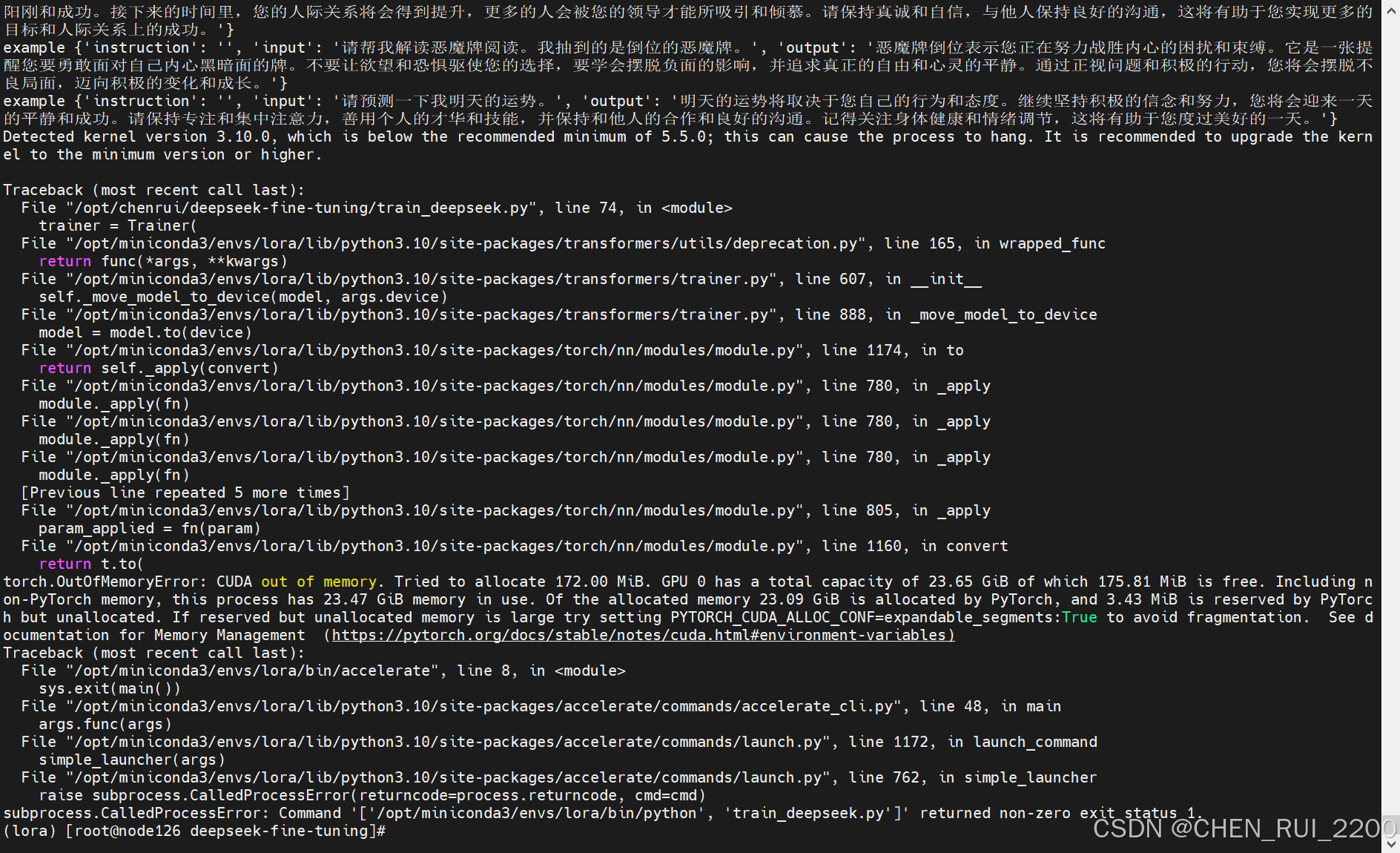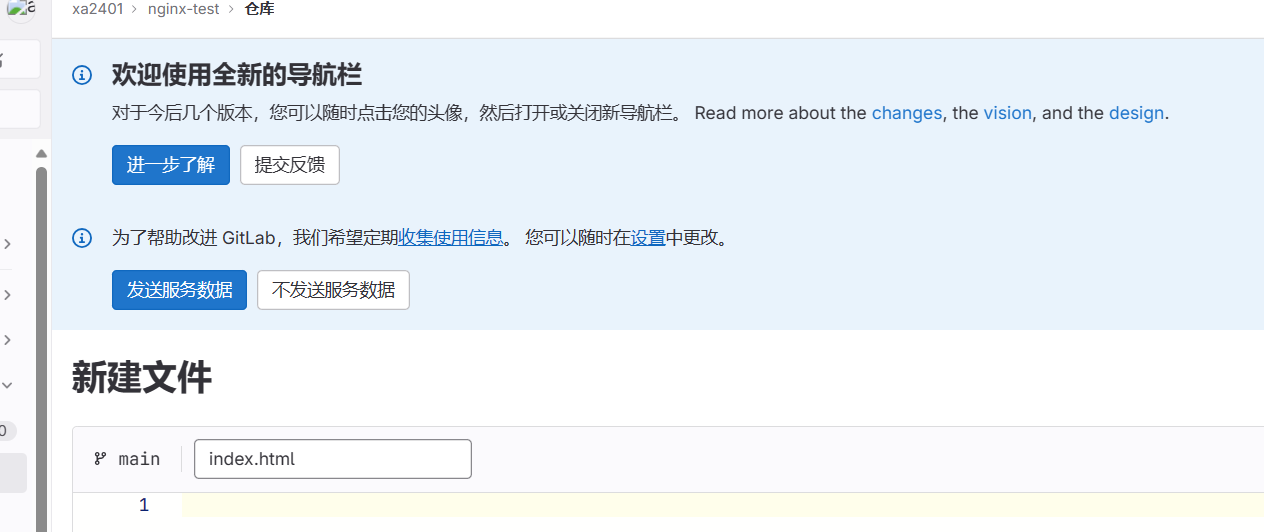汽车自动驾驶AI是当前汽车技术领域的前沿方向,以下是关于汽车自动驾驶AI的详细介绍:
技术原理
感知系统:自动驾驶汽车通过多种传感器(如激光雷达、摄像头、雷达、超声波传感器等)收集周围环境的信息。AI算法对这些传感器数据进行融合处理,构建精确的3D环境模型,使车辆能够“看懂”周围环境,识别行人、车辆、交通标志等。
决策系统:基于感知数据,AI通过深度学习、强化学习等算法进行路径规划和决策控制。例如,利用深度Q网络(DQN)等算法,车辆可以在复杂的交通环境中做出最优的驾驶决策,如变道、超车、避障等。
控制系统:根据决策结果,AI系统控制车辆的加速、制动和转向操作。
技术进展
端到端自动驾驶技术:以特斯拉FSD V12系统为代表,通过深度学习模型直接从原始传感器数据中提取信息,实现从感知到控制的无缝连接。
AI大模型的应用:英伟达的NVIDIA Cosmos平台由生成式世界基础模型、tokenizer、护栏和加速视频处理管线组成,旨在加速自动驾驶汽车的开发。
更高级别的自动驾驶实现:Rivian计划在2025年实现免手动驾驶,并在2026年实现L3级自动驾驶下的免视线驾驶。
市场趋势
企业布局加速:英伟达与优步建立战略合作关系,共同推动自动驾驶技术的研发;索尼与本田的合资企业发布了首款引入AI自动驾驶辅助功能的电动车Afeela。
自动驾驶等级提升:目前大多数自动驾驶汽车处于L2或L3级别,未来有望逐步实现L4和L5级别的全自动驾驶。
智能交通系统构建:自动驾驶汽车将与车联网技术结合,形成协同高效的智能交通系统。
面临的挑战
技术成熟度:尽管取得进展,但自动驾驶技术距离完全成熟仍有差距,需要进一步提高稳定性和可靠性。
成本问题:自动驾驶系统的研发和生产成本高昂,限制了其大规模商业化。
法律法规:自动驾驶车辆的法律地位和责任归属等问题尚不明确,需要完善相关法律法规。
汽车自动驾驶AI
本文来自互联网用户投稿,该文观点仅代表作者本人,不代表本站立场。本站仅提供信息存储空间服务,不拥有所有权,不承担相关法律责任。如若转载,请注明出处:http://www.rhkb.cn/news/11839.html
如若内容造成侵权/违法违规/事实不符,请联系长河编程网进行投诉反馈email:809451989@qq.com,一经查实,立即删除!相关文章
GPT与Deepseek等数据驱动AI的缺点
当前数据驱动的AI(包括GPT与Deepseek等各种大小模型)只进行了数/物理性的初步探索,尚未触及人机环境生态系统的复杂性。也就是说,当前的数据驱动型 AI,虽然在处理大量数据、解决特定任务方面取得了显著进展,…
阿里云盘PC端打不开解决办法
阿里云盘服务中心 搜索:PC端无法启动怎么办 选择问题 PC端双击云盘图标没有反应(windows系统) 下载null.sys,先执行压缩包里面的 null.reg 注册表,再按官方文档操作,不然会报错,搞完建议重启一…
树莓派pico入坑笔记,故障解决:请求 USB 设备描述符失败,故障码(43)
今天心血来潮,拿出吃灰的pico把玩一下,打开thonny,上电,然后......
上电识别不到端口,windows报错,请求 USB 设备描述符失败,故障码(43) 一开始以为是坏了(磕…
Linux——文件系统
一、从硬件出发
1)磁盘的主要构成 通常硬盘是由盘片、主轴、磁头、摇摆臂、马达、永磁铁等部件组成,其中一个硬盘中有多块盘片和多个磁头,堆叠在一起,工作时由盘片旋转和摇摆臂摇摆及逆行寻址从而运作,磁头可以对盘片…
FPGA 时钟多路复用
时钟多路复用 您可以使用并行和级联 BUFGCTRL 的组合构建时钟多路复用器。布局器基于时钟缓存 site 位置可用性查找最佳布局。 如果可能,布局器将 BUFGCTRL 布局在相邻 site 位置中以利用专用级联路径。如无法实现,则布局器将尝试将 BUFGCTRL 从…
C++底层学习预备:模板初阶
文章目录 1.编程范式2.函数模板2.1 函数模板概念2.2 函数模板原理2.3 函数模板实例化2.3.1 隐式实例化2.3.2 显式实例化 2.4 模板参数的匹配原则 3.类模板希望读者们多多三连支持小编会继续更新你们的鼓励就是我前进的动力! 进入STL库学习之前我们要先了解有关模板的…
Baklib如何在知识管理领域成为领军者与六款产品的综合评析
内容概要
在知识管理领域,Baklib凭借其卓越的技术和创新的产品线,已经确立了行业的领导地位。作为一个全面的知识管理平台,Baklib为企业提供了高效、便捷的知识存储和管理方案,帮助组织有效整合内外部知识资源。其主要特点包括强…
Baklib阐明企业内容管理与内容中台的本质差异
内容概要
在快速发展的数字时代,企业对信息的管理愈加重视。内容管理在企业日常运营中扮演了重要角色,而随着技术的不断进步,内容中台的概念逐渐走入视野。了解这两者的不同,不仅有助于企业更有效地管理内容,还能提升…
Java 大视界 -- Java 大数据在智能电网中的应用与发展趋势(71)
💖亲爱的朋友们,热烈欢迎来到 青云交的博客!能与诸位在此相逢,我倍感荣幸。在这飞速更迭的时代,我们都渴望一方心灵净土,而 我的博客 正是这样温暖的所在。这里为你呈上趣味与实用兼具的知识,也…
deepseek 本地化部署和小模型微调
安装ollama
因为本人gpu卡的机器系统是centos 7, 直接使用ollama会报 所以ollama使用镜像方式进行部署, 拉取镜像ollama/ollama
启动命令
docker run -d --privileged -v ollama:/root/.ollama -p 11434:11434 --name ollama ollama/ollama
查看ollama 是否启动…
【腾讯前端面试】纯css画图形
之前参加腾讯面试,第一轮是笔试,面试官发的试卷里有一题手写css画一个扇形、一个平行四边形……笔试时间还是比较充裕的,但是我对这题完全没有思路😭于是就空着了,最后也没过。 今天偶然翻到廖雪峰大佬的博客里提到了关…
物联网 STM32【源代码形式-ESP8266透传】连接OneNet IOT从云产品开发到底层MQTT实现,APP控制 【保姆级零基础搭建】
一、MQTT介绍
MQTT(Message Queuing Telemetry Transport,消息队列遥测传输协议)是一种基于发布/订阅模式的轻量级通讯协议,构建于TCP/IP协议之上。它最初由IBM在1999年发布,主要用于在硬件性能受限和网络状况不佳的情…
探秘Linux IO虚拟化:virtio的奇幻之旅
在当今数字化时代,虚拟化技术早已成为推动计算机领域发展的重要力量。想象一下,一台物理主机上能同时运行多个相互隔离的虚拟机,每个虚拟机都仿佛拥有自己独立的硬件资源,这一切是如何实现的呢?今天,就让我…
MATLAB实现单层竞争神经网络数据分类
一.单层竞争神经网络介绍
单层竞争神经网络(Single-Layer Competitive Neural Network)是一种基于竞争学习的神经网络模型,主要用于数据分类和模式识别。其核心思想是通过神经元之间的竞争机制,使得网络能够自动学习输入数据的特…
(CICD)自动化构建打包、部署(Jenkins + maven+ gitlab+tomcat)
一、平滑发布与灰度发布
**什么叫平滑:**在发布的过程中不影响用户的使用,系统不会因发布而暂停对外服务,不会造成用户短暂性无法访问; **什么叫灰度:**发布后让部分用户使用新版本,其它用户使用旧版本&am…
【C语言】自定义类型讲解
文章目录 一、前言二、结构体2.1 概念2.2 定义2.2.1 通常情况下的定义2.2.2 匿名结构体 2.3 结构体的自引用和嵌套2.4 结构体变量的定义与初始化2.5 结构体的内存对齐2.6 结构体传参2.7 结构体实现位段 三、枚举3.1 概念3.2 定义3.3 枚举的优点3.3.1 提高代码的可读性3.3.2 防止…
deep generative model stanford lecture note3 --- latent variable
1 Introduction
自回归模型随着gpt的出现取得很大的成功,还是有很多工程上的问题并不是很适合使用自回归模型: 1)自回归需要的算力太大,满足不了实时性要求:例如在自动驾驶的轨迹预测任务中,如果要用纯自回…
Day33【AI思考】-分层递进式结构 对数学数系的 终极系统分类
文章目录 **分层递进式结构** 对数学数系的 **终极系统分类**总览**一、数系演化树(纵向维度)**数系扩展逻辑树**数系扩展逻辑** **二、代数结构对照表(横向维度)**数系扩展的数学意义 **三、几何对应图谱(空间维度&am…
推荐文章
- (done) MIT6.S081 2023 学习笔记 (Day6: LAB5 COW Fork)
- [C语言日寄] <stdio.h> 头文件功能介绍
- [Easy] leetcode-500 键盘行
- [免费]SpringBoot+Vue新能源汽车充电桩管理系统【论文+源码+SQL脚本】
- 《LLM大语言模型+RAG实战+Langchain+ChatGLM-4+Transformer》
- 《Origin画百图》之脊线图
- 【C++】模板(进阶)
- 【JVM-2.3】深入解析JVisualVM:Java性能监控与调优利器
- 【LLM-RL】DeepSeekMath强化对齐之GRPO算法
- 【PowerQuery专栏】PowerQuery实现数据库访问系列函数
- 【Redis】事务
- 【SH】Xiaomi9刷Windows10系统研发记录 、手机刷Windows系统教程、小米9重装win10系统



















